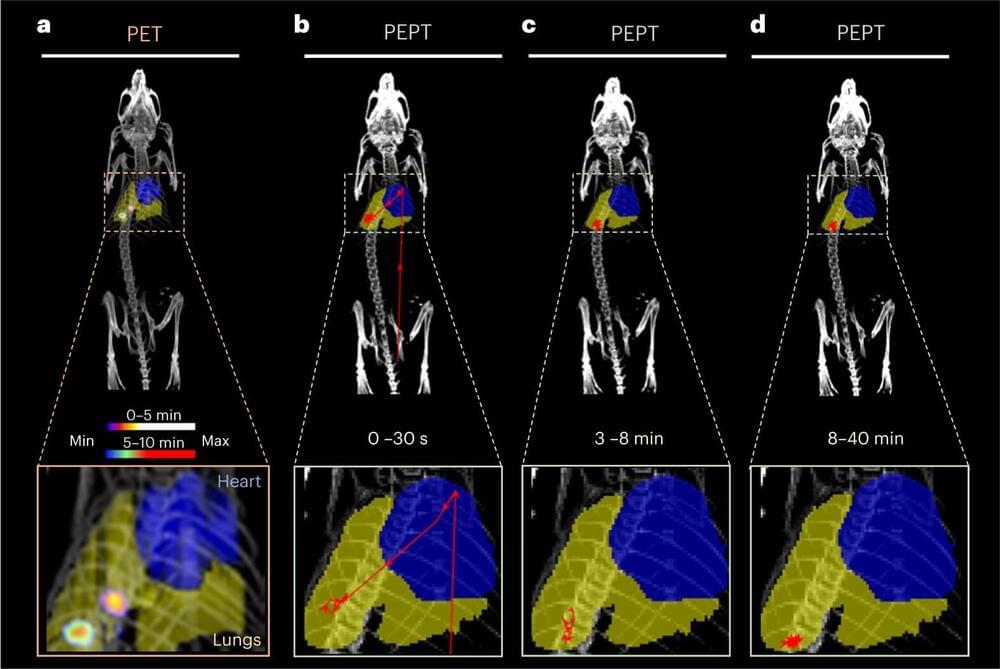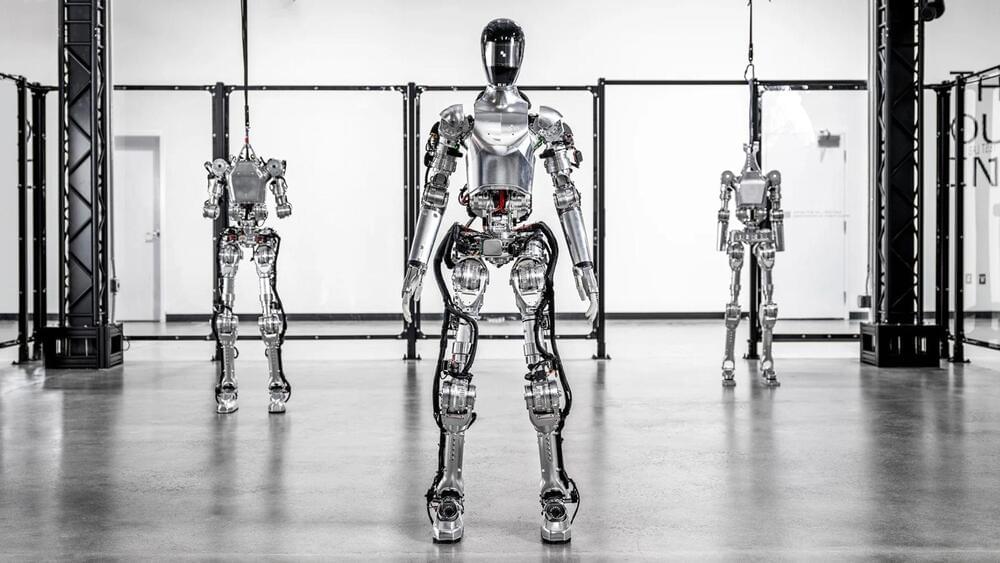Researchers from the School of Biomedical Engineering & Imaging Sciences have published a new study exploring the use of positron emission particle tracking (PEPT) in a living subject for the first time.
PEPT technology allows for the 3D localization and tracking of a single radioactive particle within large, dense, and/or optically opaque systems, which is difficult to study using other methodologies. The technology is currently used to study flows within complex mechanical systems such as large engines, industrial mixers, etc., but has not yet been translated for use in biomedical applications.
PEPT has previously been an unexplored area in biomedical imaging due to the lack of methods to isolate and radiolabel a single particle of a small enough size and with enough radioactivity which to would enable it to be injected and detected in a living subject.







